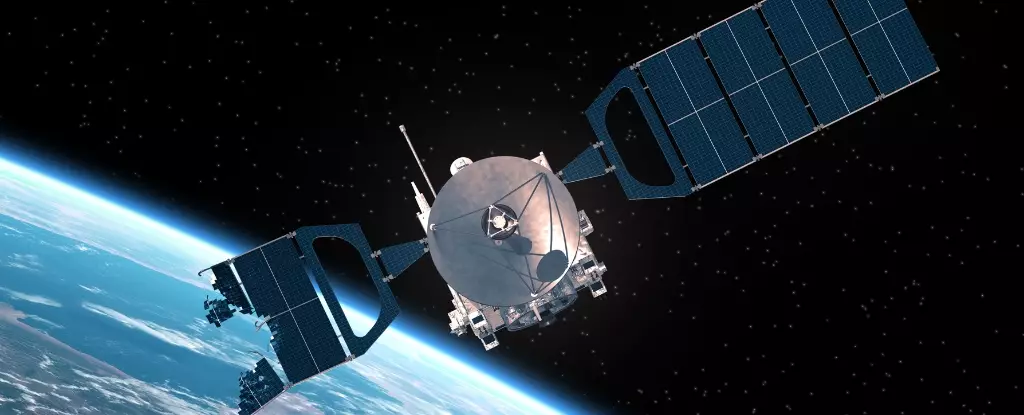In the vast panorama of outer space, one lurking danger has begun to demand our attention: asteroid 2024 YR4. With its size approximating 60 meters (about 200 feet) in diameter, it poses a significant threat, capable of leveling entire cities if it were to strike Earth. Brief alarms were sounded earlier this year when scientists indicated a concerning 3.1 percent probability of a direct collision with our planet on December 22, 2032. While further observations have since mitigated fears of a direct hit, the potential of this space rock colliding with the Moon has unexpectedly increased to 4.3 percent. This statistic reveals a stark reality: even as our understanding deepens, the cosmos can still surprise us with new data and possibilities.
The Implications of a Lunar Impact
Imagine the awe, terror, and intrigue surrounding the prospect of an asteroid crashing into the Moon. A recent preprint study led by Paul Wiegert from Canada’s University of Western Ontario has projected that should a collision occur, the resulting explosion would unleash an energy release comparable to a large-scale nuclear explosion. The astronomical implications are staggering: simulations indicate that up to 100 million kilograms (220 million pounds) of lunar material could be ejected into space, creating a debris field capable of wreaking havoc on Earth, particularly our satellite infrastructure.
It’s crucial to understand that this debris would vary considerably in size, with millimeter- to centimeter-sized fragments hurtling through space. While Earth’s atmosphere would generally protect us, mitigating the impact of these incoming rocks, their high velocities would render them fearsome projectiles—akin to bullets, as Wiegert aptly noted. Indeed, the risk of satellite destruction is significant, especially considering the increasing number of satellites orbiting Earth by 2032. A substantial increase in the frequency of meteors could also present challenges for upcoming space missions and technologies.
A Night to Remember: The Meteor Shower
While the prospects of satellite damage and debris showers sound alarming, there exists a silver lining in this cosmic drama: the potential for a breathtaking meteor shower lighting up Earth’s night sky. Wiegert’s study suggests that should the asteroid collide with the Moon, observers on Earth could witness a stunning display of meteors, with over one thousand times the normal count pulsing through the atmosphere shortly after the impact. This ‘celestial light show’ could provide a mesmerizing experience for sky-watchers, transcending mere scientific curiosity and sparking renewed interest in astronomy and space phenomena.
Yet, despite the excitement, there is a call for caution. The current odds of a direct hit on the Moon’s near side are still relatively low, at just 2 percent. Wiegert emphasizes that while these figures invite speculation, they do not herald an imminent crisis. Still, the mere existence of such an asteroid in proximity to Earth stirs serious discussions regarding planetary defense strategies.
Planning for Contingencies: Cosmic Defense Mechanisms
As discussions swell around asteroid 2024 YR4, the notion that humanity might have time to prepare for a potential impact—and possibly redirect the asteroid—could evoke both hope and a sense of responsibility. Drawing parallels with NASA’s Double Asteroid Redirection Test (DART) mission, which successfully altered the trajectory of a different asteroid, Wiegert notes that should 2024 YR4 find itself on a collision path with the Moon, it may serve as a valuable test case for our planetary defense capabilities.
However, understanding the mechanics of deflecting such a colossal body necessitates rigorous research and planning. The closer the asteroid approaches, the more perilous the situation could become, raising questions about the risks involved in intervening at such a scale. As we tread into this uncertain territory, it becomes essential for us to prioritize the development of effective planetary defense systems and strategies that can not only mitigate the threats posed by asteroids like 2024 YR4 but also instill a culture of preparedness among governments, agencies, and the public at large.
In the face of an unpredictable universe, we navigate the fine line between awe and apprehension, realizing that our celestial neighbors may hold secrets that can illuminate our understanding of both our planet and the universe itself.


Leave a Reply